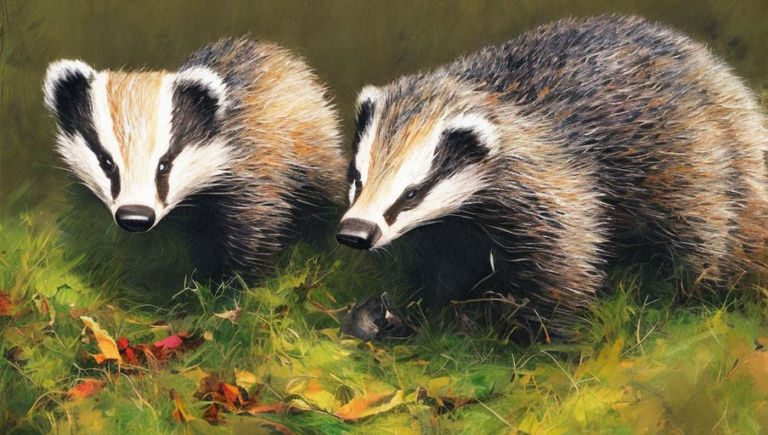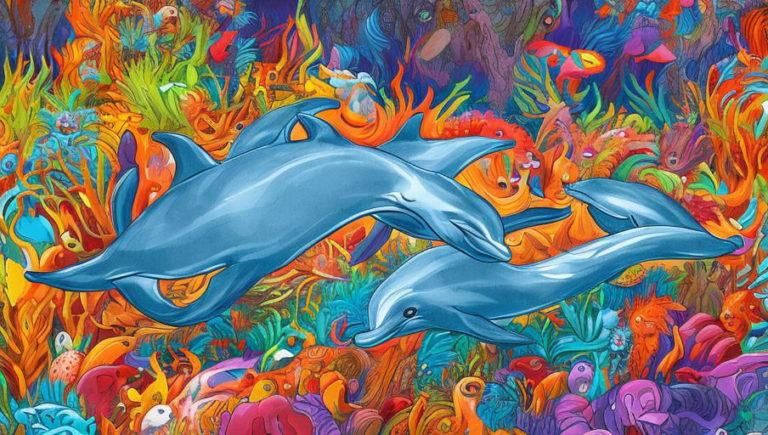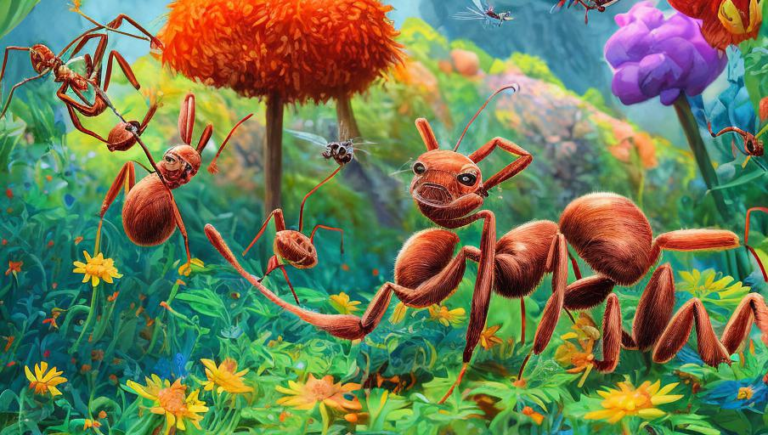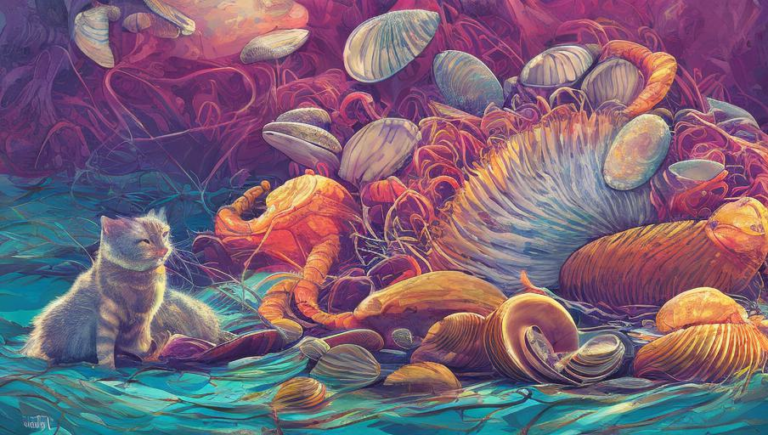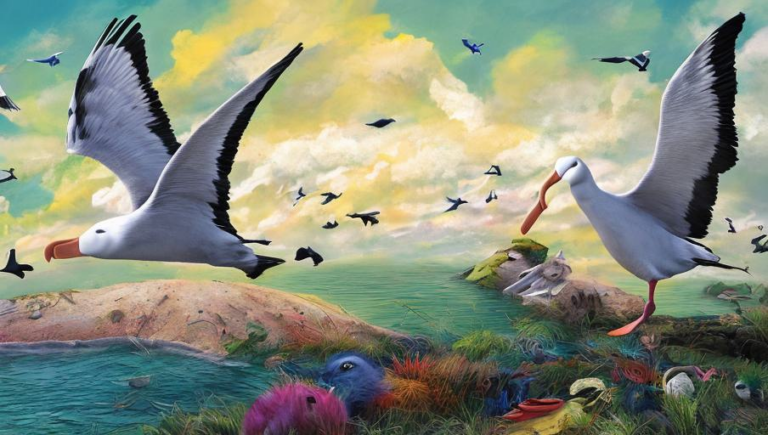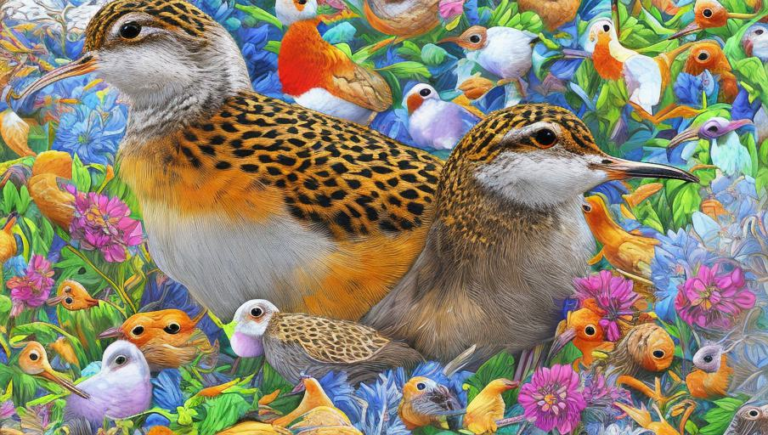How Albatrosses are Affected by Pollution and Climate Change
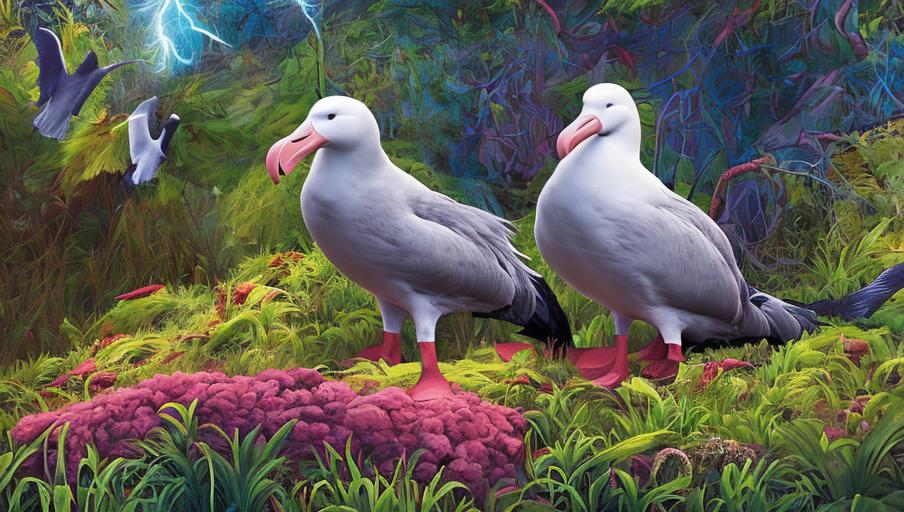
Albatrosses: A Threatened Species
The albatross is a species of large seabirds that are found all over the world, usually in coastal areas. They are well known for their remarkable ability to fly great distances and have been known to cover thousands of miles in a single trip. Unfortunately, albatrosses are now facing a variety of threats, including pollution and climate change.
The Impact of Pollution on Albatrosses
Pollution is one of the most serious threats to albatrosses. Plastic pollution, in particular, is a growing problem in the oceans, and albatrosses are particularly vulnerable to its effects. Albatrosses often eat plastic fragments that are mistaken for food, and as a result, they can suffer from malnutrition, indigestion, and even death. In addition, the plastic pieces can become lodged in their throats or be scattered into the ocean, leading to a build-up of marine debris.
Climate Change and Albatrosses
Climate change is another major threat to albatrosses. Rising sea levels due to climate change are causing coastal areas to become more vulnerable to erosion and flooding, leading to the destruction of important albatross breeding grounds. Additionally, warmer ocean temperatures are causing some populations of albatrosses to migrate farther north, away from their preferred habitats. This can lead to a disruption of the food chain, as the birds are unable to find their preferred prey species in their new habitats.
What Can Be Done?
Fortunately, there are several steps that can be taken to help protect albatrosses from these threats. The first is to reduce plastic pollution in the ocean. Governments and individuals alike can take action to reduce plastic waste and help keep our oceans clean. Additionally, raising awareness about the effects of climate change and supporting efforts to reduce greenhouse gas emissions is essential for the protection of albatross populations.
Conclusion
Albatrosses are a beautiful and important species, and they need our help to survive. By reducing plastic pollution and supporting efforts to reduce greenhouse gas emissions, we can help protect albatrosses and their habitats. In doing so, we can ensure that these magnificent creatures remain a part of our world for generations to come.
